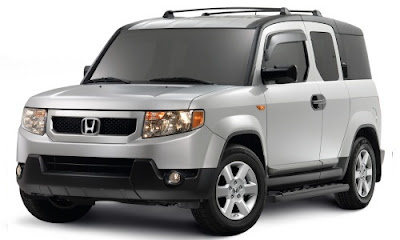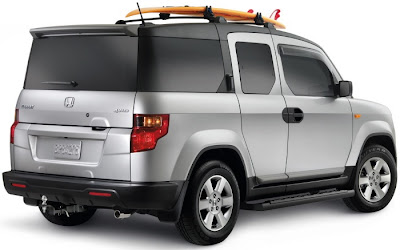 Mercedes SLR McLaren
Mercedes SLR McLarenHappy Halloween! Time for another entry to the Dream Car of the Month series. This month's feature is the Mercedes SLR McLaren. Crazy fast and exotic looking, it's a bit of a confused car. Is it a GT car pretending to be a sports car or a sports car pretending to be a GT car? Either way, it's fast and cool and I like it, even though it has an automatic. It is a Mercedes after all, what do you expect?
The Mercedes SLR McLaren was developed and named in honor of the original Mercedes 300 SLR from 1955 which won such races as the Mille Miglia and the Targa Florio. The modern SLR was designed and built by Mercedes-Benz and it's subsidiary McLaren Automotive.
The cars first entered production in 2003 and featured a 5.5L supercharged aluminum V8 producing 617HP and 575TQ. That engine was mounted in front of the car like a proper GT and connected to a five speed automatic. No manual transmission was offered, solidifying the car's classification as a GT rather than a true sports car. Nonetheless, the SLR became the world's fastest automatic transmission car by producing impressive performance numbers of 0-60 in 3.6 seconds and a 1/4 mile of 11.6 More impressive considering that despite a structure made up mostly of carbon fiber, the SLR still weighs in at almost 4000lbs. Top speed has been documented at 208MPH.
The sleek carbon fiber bodywork makes use of active aerodynamics to improve stability at high speeds. The trunk lid features an integrated adjustable spoiler that raises and lowers automatically at speed. It can also be set manually via a driver control. The spoiler also acts as an air brake assisting the 14.6in 8 piston front and 14.2in 4 piston rear carbon ceramic brakes to reduce stopping distances.
Initial production run was to consist of 500 examples of the SLR per year for 7 years for a total of 3500 cars. Base price of the SLR was set at around $495,000. The last coupe body style SLRs rolled off the production line in 2007 and they were replaced with a convertible model that will continue production until 2009.
 SLR 722 Edition
SLR 722 EditionIn 2006, a special 722 Edition was produced as a tribute to the 300 SLR with starting number 722 driven by Sterling Moss and Denis Jenkinson that won the 1955 Mille Miglia. The 722 model features additional power from the supercharged V8 to the tune of 650HP/627TQ. Suspension tuning and weight reduction were also part of the 722 package along with lightweight 19inch wheels. Ride height was lowered and the brake diameter was increased to 15.4" in front along with the addition of a rear diffuser and front splitter.
The SLR roadster that went on sale in September 2007 is priced at over $700,000 and is one of the fastest convertibles in the world, as it is able to reach speeds near 200MPH. It is heavier than the coupe and therefore slightly slower with 0-60 taking around 3.8 seconds.
A special 722 S roadster is apparently in the works from Mercedes with the same 650HP/627TQ V8 as the coupe version. There are only 150 of these to be built but no pricing yet. You know what they say - if you have to ask how much, you probably can't afford it.
The final entry into the SLR lineup is a car that is currently in testing, the SLR McLaren Speedster. It looks to be an even lighter version of the SLR with some unique features, or lack thereof. It will have no roof and not much of a windshield either but it is reported to feature gullwing doors. I don't know how they would pull that off with no roof but, what do I know. No word on whether or not to expect a bump in power but it should still be blindingly fast and ridiculously expensive. What more would you expect?
 Artist Rendering - SLR Speedster
Artist Rendering - SLR Speedster








































 Via: carscoop
Via: carscoop






